
The first Soviet motion picture with sound - Nikolai Ekk’s ‘Road to Life’ - was released in 1931, four years after the world’s first movie with sound. It was a movie about troubled teenagers shot by a director little known at the time.
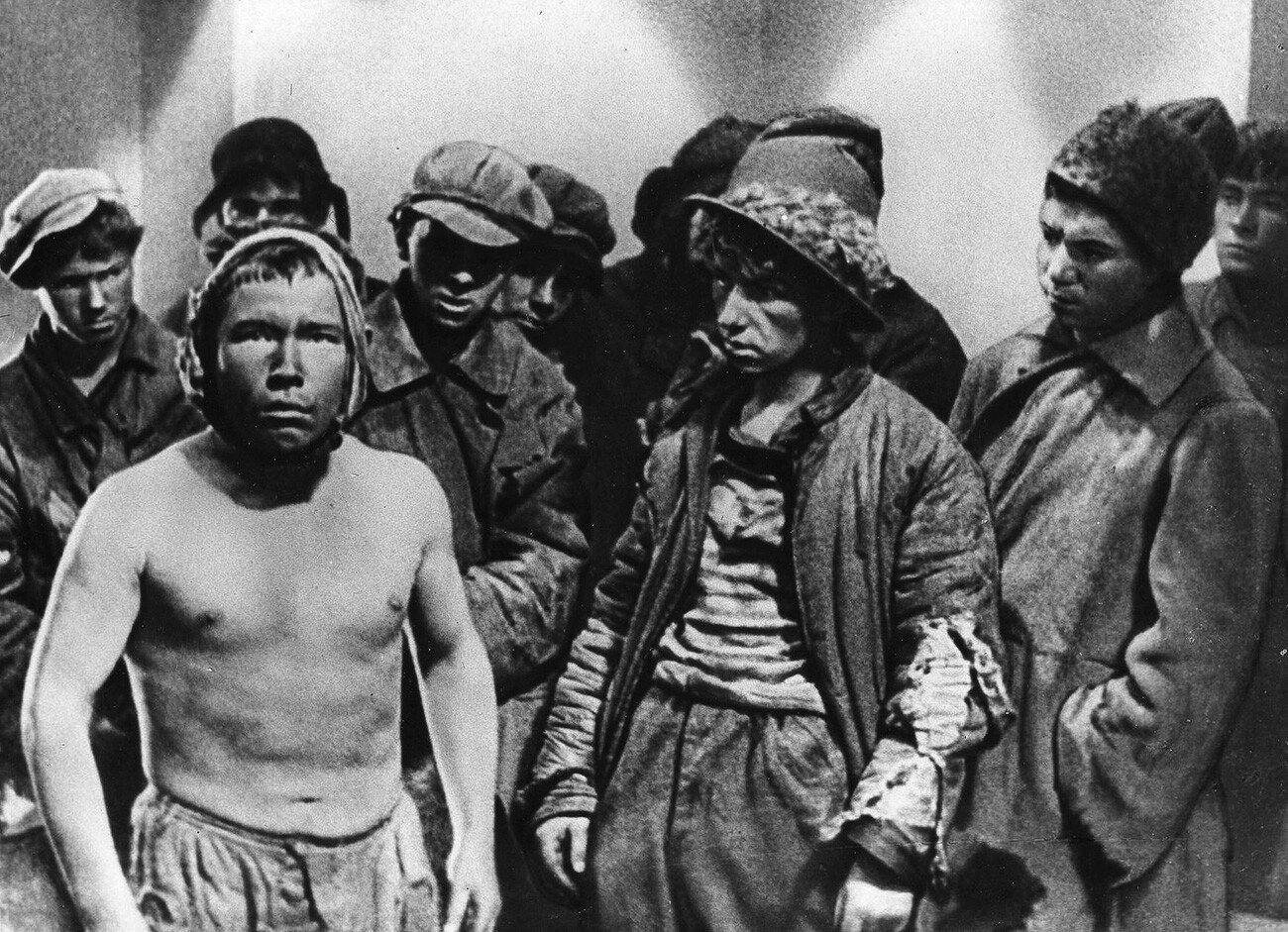
But, Nikolai Ekk was certain that his approach to filmmaking and the story behind it would make the movie a legend. And, so it turned out. One night, although Stalin was going to see only its first part, he watched the movie to the end, while one movie theater in New York showed it for an entire year.
Nikolai Ivakin, the director who took the expressive pseudonym ‘Nikolai Ekk’, was not one of the elite of the young community of Soviet filmmakers. They did not even know much about him. But, the young director was bursting with new ideas. And while the first titans of Soviet cinematography were still criticizing the “sound cinema”, he was working on his ‘Road to Life’.

The movie is based on a true story about one of the Bolshevik experiments - to re-educate homeless children through labor. In 1924, the first labor commune for troubled and delinquent children emerged in the USSR. The idea behind the experiment was that these children should not be put in juvenile prisons, but into communes, where they will be re-educated and taught useful professions. Propaganda referred to this measure as “re-education”, while the labor communes were seen as a pathway to a better life. Such communes soon appeared all around the Soviet Union.
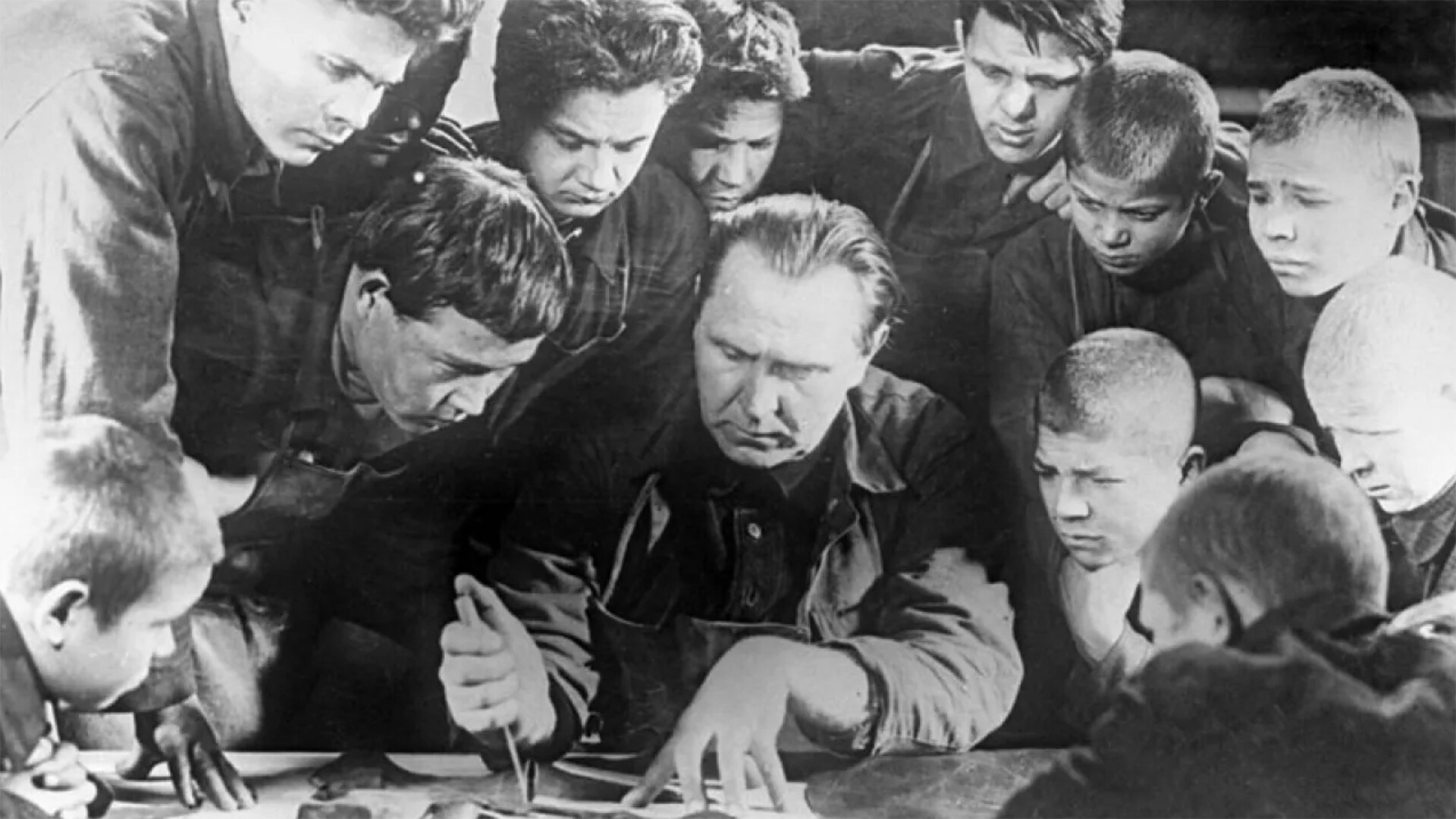
The director and film crew lived for several months in such an institution, where they took the performers of the roles from, as well. Only two professional actors played in the movie, the rest were ordinary kids from the commune. But, according to the script (much like in life), not everyone could be “re-educated” quickly. This verisimilitude could have frightened the censors and, after the first public screening, the authorities in charge banned the movie.

However, the movie was not shelved for long. The only screening caused quite a bit of a stir, it was an unprecedented sound “attraction”. They took interest in the movie.
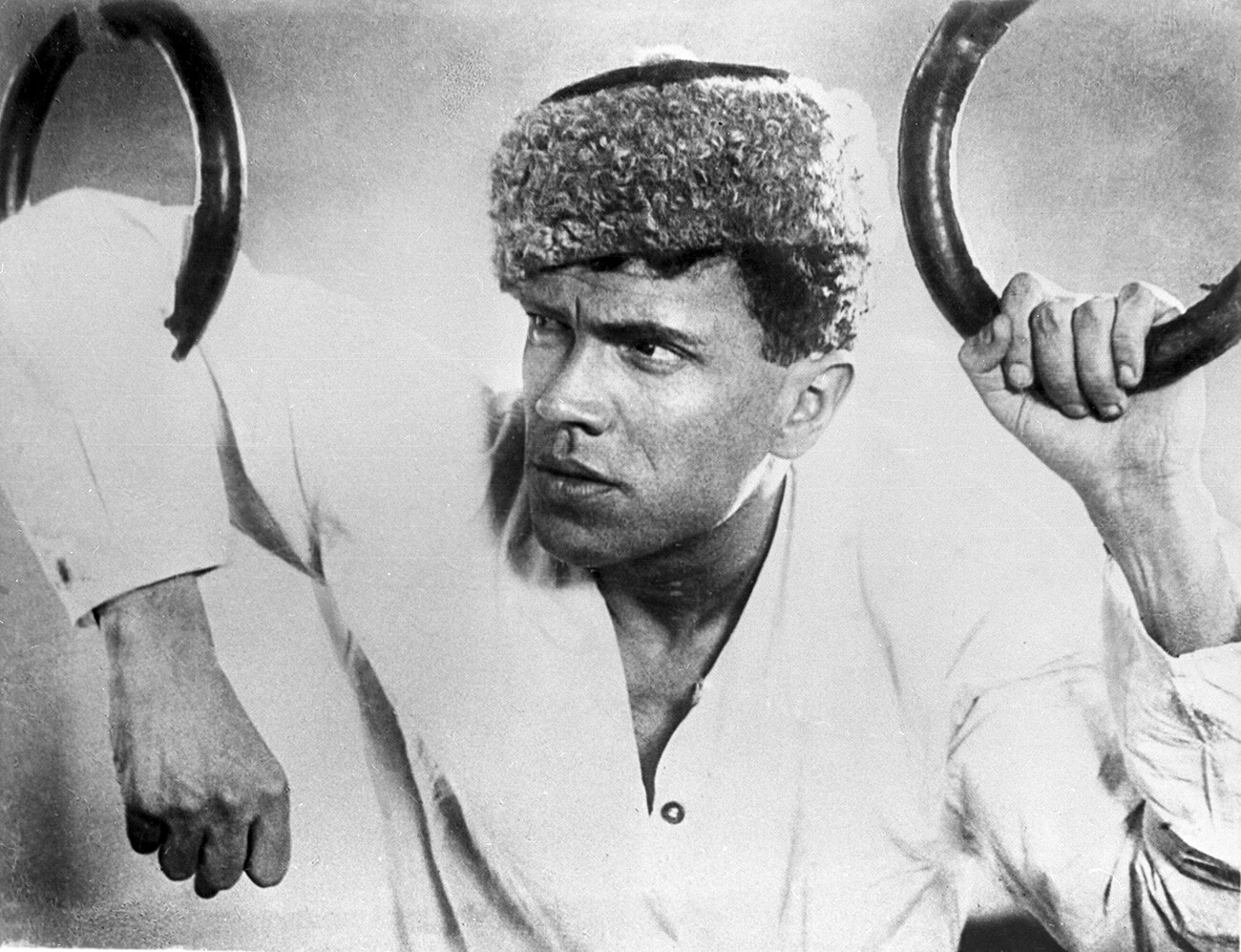
“One night at the Khudozhestvenny Cinema, a second screening of the movie was organized. Members of the Central Committee arrived. Next to Stalin sat director Ekk. I was sitting a little farther, near Voroshilov,” scriptwriter Regina Yanushkevich recalled in her memoirs. “Stalin said that he would decide what to do after watching only one part. However, the first, second and third parts came to an end and yet none of the members of the government were leaving the cinema. Everyone watched until the very end.”
After the screening, Stalin remained silent. Then, he stood up and just muttered while walking: “I do not understand what has to be banned here.” And he left.
After that, the movie was widely released and predictably became a hit, although it was still a very borderline work, shot with the aesthetics of a silent movie.
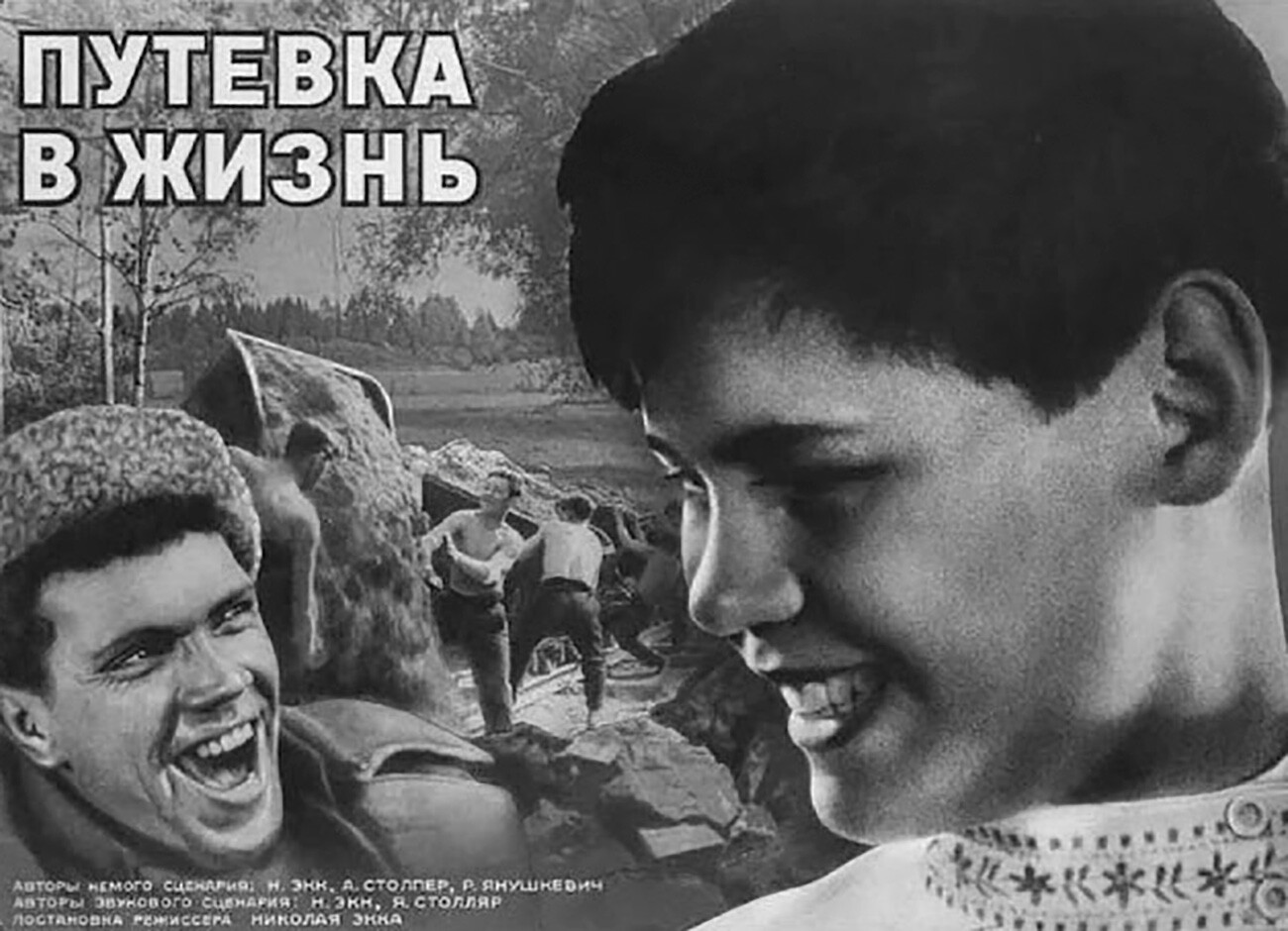
Yet, in the Soviet Union, many viewers went to see ‘Road to Life’, not because of its artistic and ideological appeal, but in order to listen to criminal underworld songs sung to a guitar and to check whether the whole movie was with sound. The thing is that, at that time, there were already so-called ‘Sound Assemblies’ on Soviet screens - cuts from theatrical monologues, propaganda speeches and fragments of musical performances. Only movies were missing.
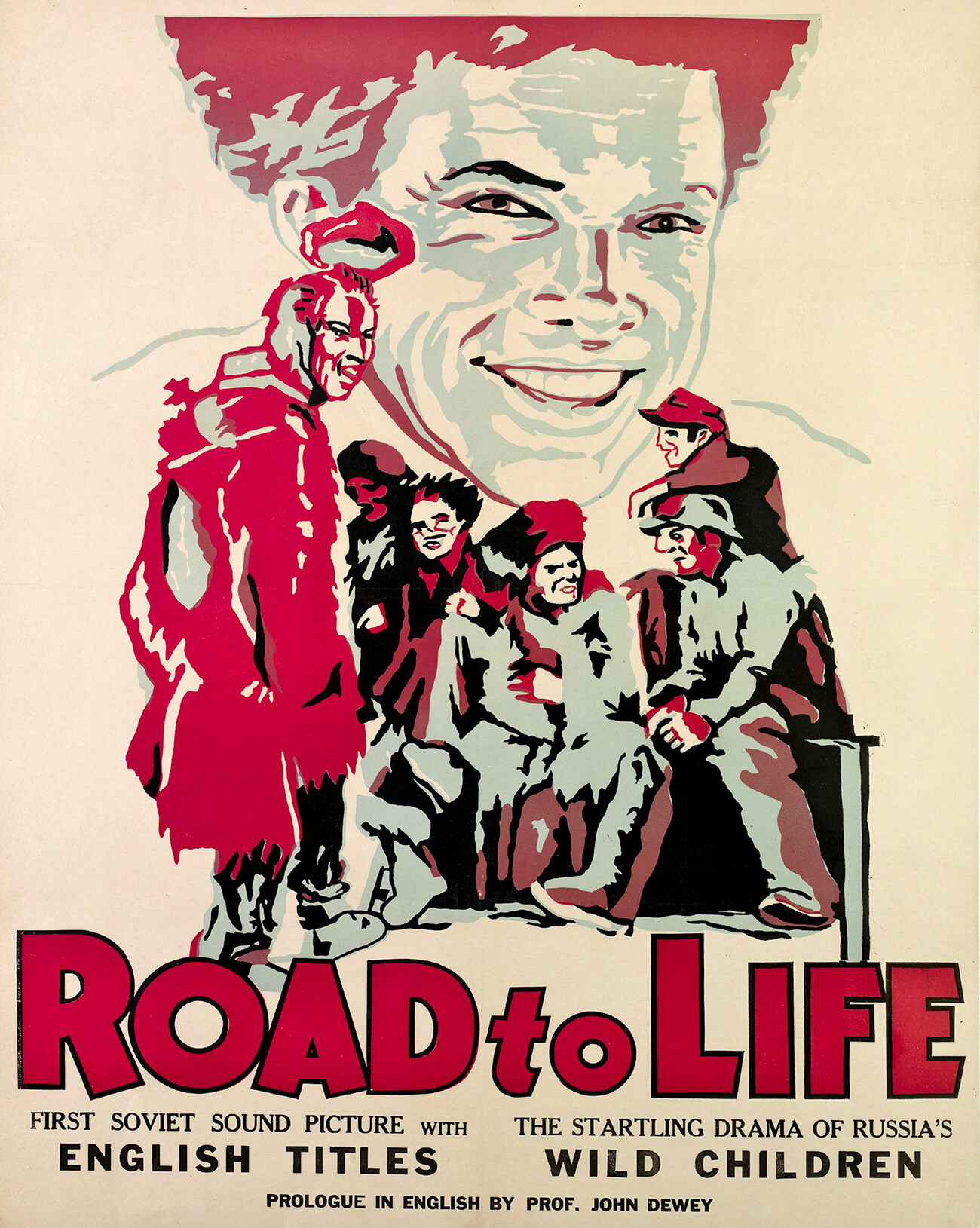
The movie was shown in 107 countries and, in 1932, Nikolai Ekk was voted best director by the audience at the international film festival in Venice. In Berlin, the movie was initially shown monopolistically in one of the best theaters for 2.5 months and then released on 25 screens. In New York, ‘Road to Life’ was shown in one of the cinemas for an entire year. But, “democratically free” France gave the movie a hostile reception and banned it.
When the director was asked about the reasons for the ban, the French censor said: “If I thought of making cuts, I would have to suggest that you cut out… the whole picture, because I will not find a single place where there is no mentioning of a commune or communism or where I do not hear the ‘Internationale’.
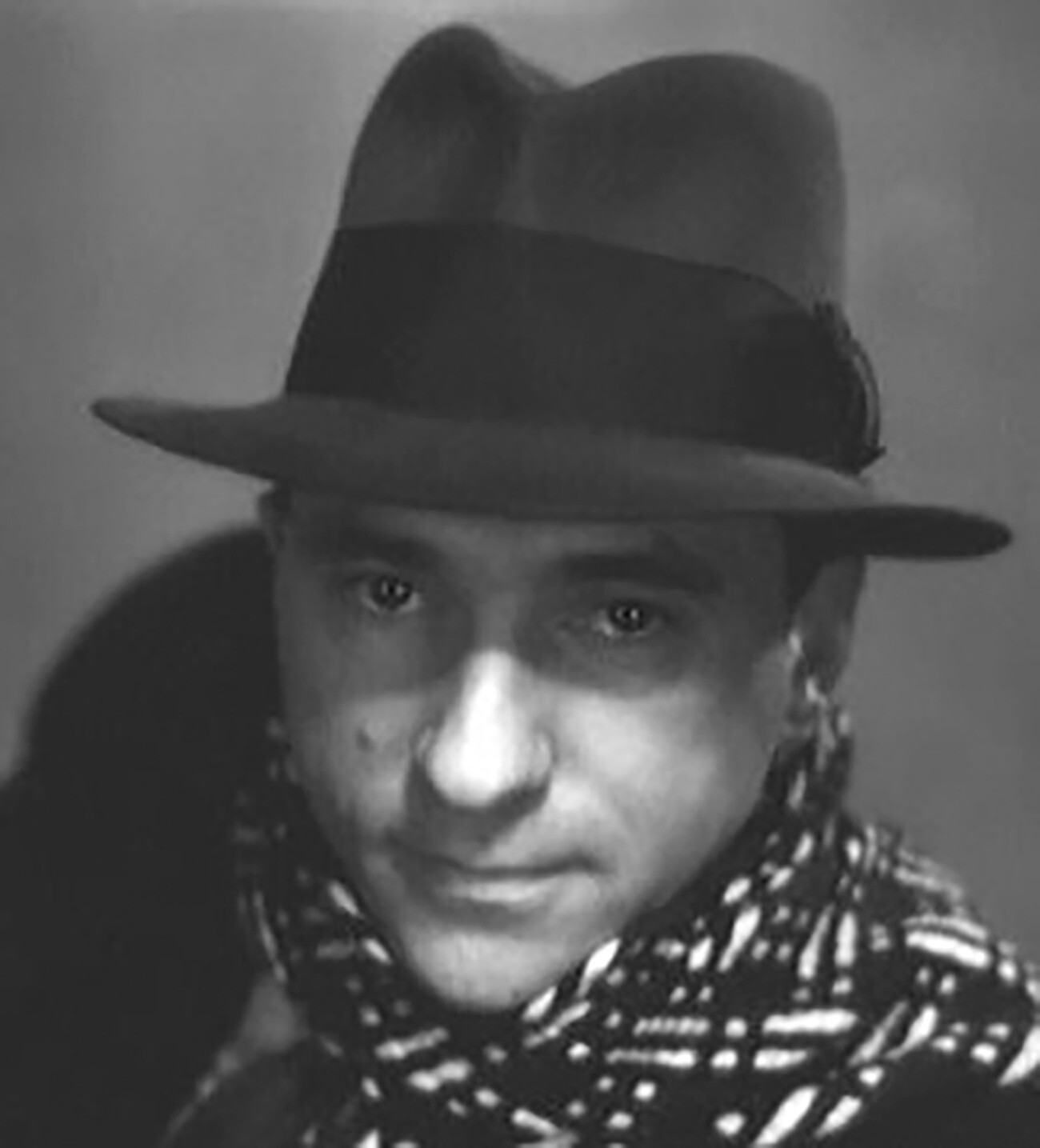
Nikolai Ekk
Archive photoHowever, the movie was shown in France - at private screenings organized by the Société des Amis of New Russia. It was met with rave reviews in the French press and vicious harassment in the émigré white press.
Dear readers,
Our website and social media accounts are under threat of being restricted or banned, due to the current circumstances. So, to keep up with our latest content, simply do the following:
If using any of Russia Beyond's content, partly or in full, always provide an active hyperlink to the original material.
Subscribe
to our newsletter!
Get the week's best stories straight to your inbox